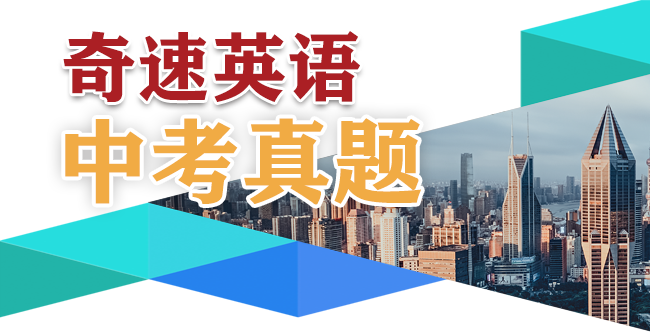
What year were you born in? Are you a dragon? That is to say, were you born in the Year of the Dragon?
As we know, the Year of the Dragon has arrived with us for a while, and everyone is excited about talking about dragons. Many of them have noticed that more and more people are using the word “loong” instead of “dragon” in their daily life. Actually, the loongs in Chinese culture, believe it or not, are far different from the dragons in Western culture.
First, let’s talk about their origins (起源). Loongs are connected to stars and rain. They are believed to have to do with the power of emperors in the past. Dragons, however, are related to floods and dangerous waters underground.
Second, let’s dig into their stories. Loongs are like messengers between the sky and the earth. They help out the rulers, who become kings because of them. Dragons, though, are troublemakers. They fight with the rulers and can even beat them! But as time passes, dragons lose their shine and heroes start killing them.
Third, let’s look at what they mean. Since loongs represent (代表) power, they are seen as a symbol of the emperor and an important part of ceremonies and traditions. Dragons, though, are bad news. They are a symbol of evil (恶), and beating the dragons is seen as a victory over evil.
Lastly, let’s check out how they look. Loongs are like a mix of animals, with heads like camels and necks like snakes. They don’t need wings to fly because they are already skilled at it. Dragons are more like snakes, living underground and causing problems. They don’t have wings either, but people add those to make them look more impressive.
1.1.Why does the writer start the passage by asking questions?
A To make a report.
B To do a survey.
C To introduce a normal year.
D To catch readers’ interests.
解析:选D。推理判断题。根据下文和常识可知,作者用几个问题开始文章,是为了吸引读者的注意。故选 D。
2.2.What are loongs connected with according to the passage?
A Stars and the moon.
B The power of emperors.
C Troublemakers and evil.
D Dangerous waters underground.
解析:选B。细节理解题。根据第三段的“Loongs are connected to stars and rain.They are believed to have to do with the power of emperors in the past.”可知,龙被认为与过去皇帝的权力有关。故选 B。
3.3.What does the underlined word “them” in Paragraph 4 refer to?
A Rulers.
B Snakes.
C Heroes.
D Loongs.
解析:选A。词意指代题。根据“Dragons, though, are troublemakers. They fight with the rulers and can even beat them!” 可知,Dragons 是麻烦制造者,它们与统治者斗争,甚至可以打败他们!此处 them 指的是“统治者”。故选 A。
4.4.What can we learn from the passage?
A Loongs have wings.
B Dragons are good news.
C Loongs are used in ceremonies.
D Dragons’ heads are like camels.
解析:选C。细节理解题。根据倒数第二段的“Since loongs represent(代表) power, they are seen as a symbol of the emperor and an important part of ceremonies and traditions.”可知,由于1oongs代表着权力,它们被视为皇帝的象征,也是仪式和传统的重要组成部分。故选C。
5.5.What’s the main idea of the passage?
A The origins of dragons and loongs.
B The meanings of dragons and loongs.
C The stories between dragons and loongs.
D The differences between dragons and loongs.
解析:选D。主旨大意题。根据全文尤其是第二段的“Actually, the loongs in Chinese culture, believe it or not, are far different from the dragons in Western culture.”可知,本文主要介绍中国文化中的龙与西方文化中的龙的区别。故选 D。